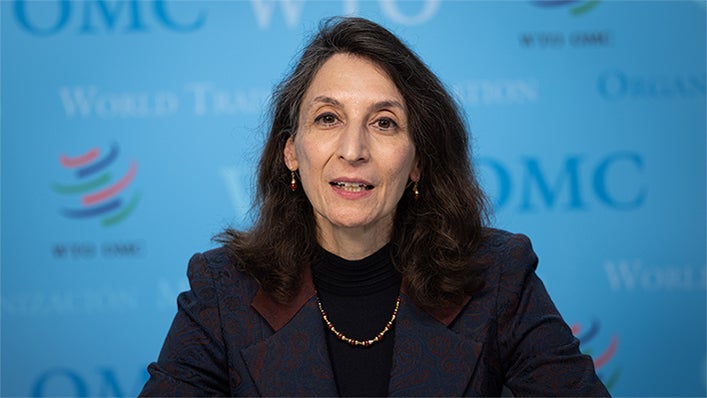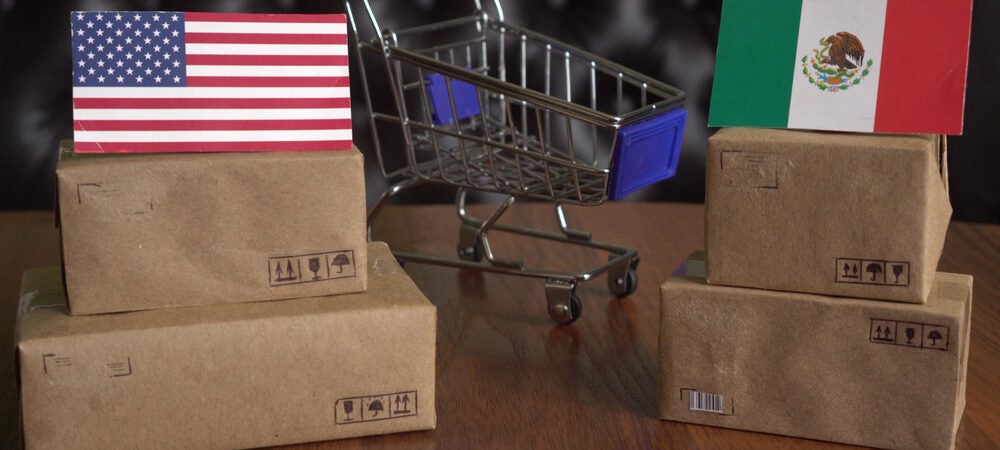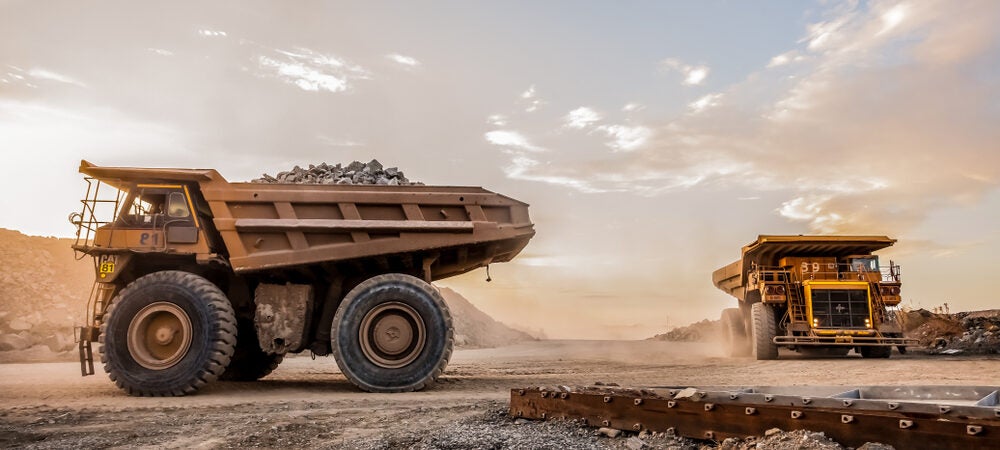|
|
|
In using the removal of Section 232 ‘national security’ tariffs on steel and aluminium imports as a bargaining chip, the United States demands that the European Union engage in negotiations on “global steel and aluminium arrangements to restore market-oriented conditions and address carbon intensity”. The US demand has reportedly been inspired by a blueprint that would establish an international institutional arrangement – labelled a ‘climate club’ – which would externalise market-access restrictions afforded by US Section 232 tariffs to the customs borders of club members. While the declared objective is to incentivise non-members to adopt low-carbon steel (and aluminium) production methods the US blueprint suffers from various design flaws including inefficient incentives, WTO inconsistency and incompatibility with the EU Carbon Border Adjustment Mechanism. The effectiveness of the proposed US scheme is severely compromised by the plethora of policy objectives it pursues, which go far beyond the goal of incentivising industrial decarbonisation in third countries, including secondary (ie protectionism) and tertiary (ie global power competition with China) objectives. The initial negotiation proposal submitted by the United States Trade Representative (USTR) to European Commission trade negotiators incorporates many if not all the problematic elements of this blueprint, setting the US on a collision course with the negotiation proposal put forward by the European Commission. This paper concludes that the adoption of the scheme proposed by USTR would result in a step backwards for international climate and trade cooperation, whereas not adopting the EU proposal would make for a missed opportunity. Given the sharply diverging negotiation positions and associated respective domestic constraints on both sides, however, policymakers should start to engage stakeholders now to manage expectations towards a low-ambition negotiation result, if any. …A transatlantic arrangement for steel and aluminium to address carbon intensity is an opportunity for the US in particular to align its climate and trade policies progressively with the EU standard and best practices, which are laser-focused on creating efficient incentives for abatement at home and abroad, as well as achieving effective decarbonisation and carbon-leakage policies. At the outset, a carbon customs union or a common methodology for ‘carbon tariffs’ is not the right way to achieve this objective…. Priority should be given to cooperation on prerequisites of carbon-leakage policies, including first and foremost, the joint development of methodologies for pricing and measurement of carbon emissions, industrial transformation/ decarbonisation roadmaps with specific timeframes, and transatlantic green procurement and investment initiatives. Once pricing and measurement methodologies and product standards have been developed and enacted, members could consider the progressive development of an international CBAM network along the lines of best practices that facilitate and reinforce the operation of individual CBAMs operating in different jurisdictions. Cooperation with non-club members to similar ends, and the provision of technical and financial assistance through a greening of aid for trade, would support the ambition for leadership by example through an open and inclusive climate cooperation platform |
|
|
|
|
Excerpts from Luis Torres’s analysis on Mexico seeking to solidify rank as top U.S. trade partner. Mexico became the top U.S. trading partner at the beginning of 2023, with total bilateral trade between the two countries totaling $263 billion during the first four months of this year. Mexico’s emergence followed fractious U.S. relations with China, which had moved past Canada to claim the top trading spot in 2014. The dynamic changed in 2018 when the U.S. imposed tariffs on China’s goods and with subsequent pandemic-era supply-chain disruptions that altered international trade and investment flows worldwide. Mexico positioned as a manufacturing base Mexico’s expanding manufacturing base has offered an alternative to producing in China. Sourcing or producing goods in a nearby country is sometimes referred to as “nearshoring.” While data on recent nearshoring is thin and evidence of it is largely anecdotal, increased protectionism and related industrial policy are consistent with less global trade, more regional trade, and nearshoring and reshoring (returning production to the home country). More activity in Mexico would support increased bilateral manufacturing with the U.S. It would also bolster Mexico’s standing as the U.S.’ leading manufacturing trading partner, a ranking it achieved in 2022. Automotive industry plays key role The automotive industry is an especially active example of the cross-border manufacturing relationship. A U.S. plant typically produces an intermediate good that is then exported to Mexico where it becomes part of the assembly process before a final good is then imported back into the U.S. The supply trade linkages are supported by the presence in Mexico of foreign-owned, labor-intensive assembly plants for export—the so-called “maquiladoras” Over the past 20 years, transportation has accounted for about 24.5 percent of total bilateral manufacturing trade, followed by computer and electronic equipment, 22.4 percent; electrical equipment, appliances and components, 8.5 percent; and machinery (excluding electrical), 7.7 percent. While Mexico benefits from increased trade with the U.S., the impact on U.S. producers and consumers has been mixed. To the extent that frictions with China account for Mexico’s ascension in the trade rankings, the higher profile comes at a cost to U.S. firms and consumers through higher input and purchase prices. While the principal focus of trade policy was once free trade, greater efficiency and lower prices, that may no longer be the case. Today’s global economic relationships encompass a myriad of concerns, among them national security, climate policy and supply-chain resiliency. |
|
|
|
|
It surprised us that much of the trade policy-related narrative concerning critical raw materials has little basis in fact. Analysts and officials need to take stock of the current scramble for critical raw materials—and, ultimately, revisit assumptions about the factors most likely to prevent long-term supply of critical raw materials from growing to meet growing demand. Even in the absence of geopolitical rivalry, the challenges associated with scaling up supply of raw and processed critical raw materials to meet higher levels of demand would have been formidable. Complicating factors include fundamental uncertainty as to the pace of the digital and energy transitions, with their knock-on effects for both how much material will be needed and, quite possibly, which materials are needed in greater quantities in the first place. On top of this are geological considerations including the fact that some critical raw materials are byproducts of other less-wanted materials, that long time frames needed to bring some mining facilities online, and the central roles that uncertainty and difficulties in financing play in scaling up production. Without denying the contribution that greater recycling and the adoption of circular economy practices can make, on its current trajectory, supply expansion for most critical raw materials is likely to be sporadic. One consequence is that periodic outbreaks of market disruption are on the cards. Whichever long-term strategies are adopted by governments need to be designed with this disruption in mind. Opportunists should not be allowed to capitalise on any short-term shortages, price hikes, and the like. Anyone expecting or demanding that markets for critical raw materials unfold over time in a predictable manner simply hasn’t read enough about the mining industry. This is going to be messy. Yet, we do not counsel despair. |
|





